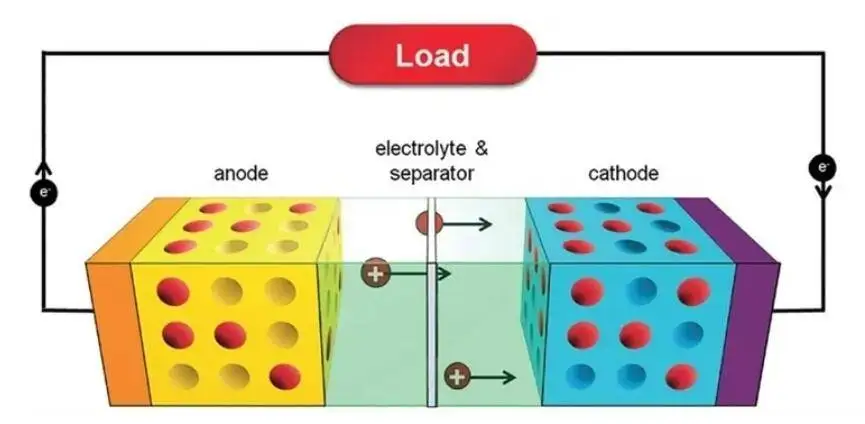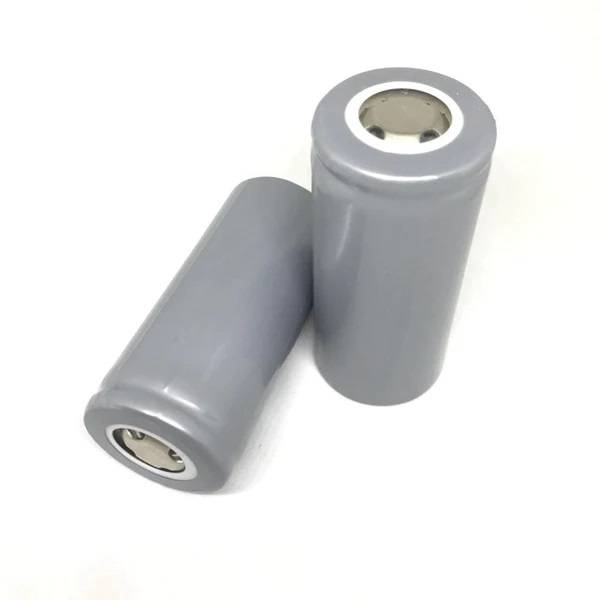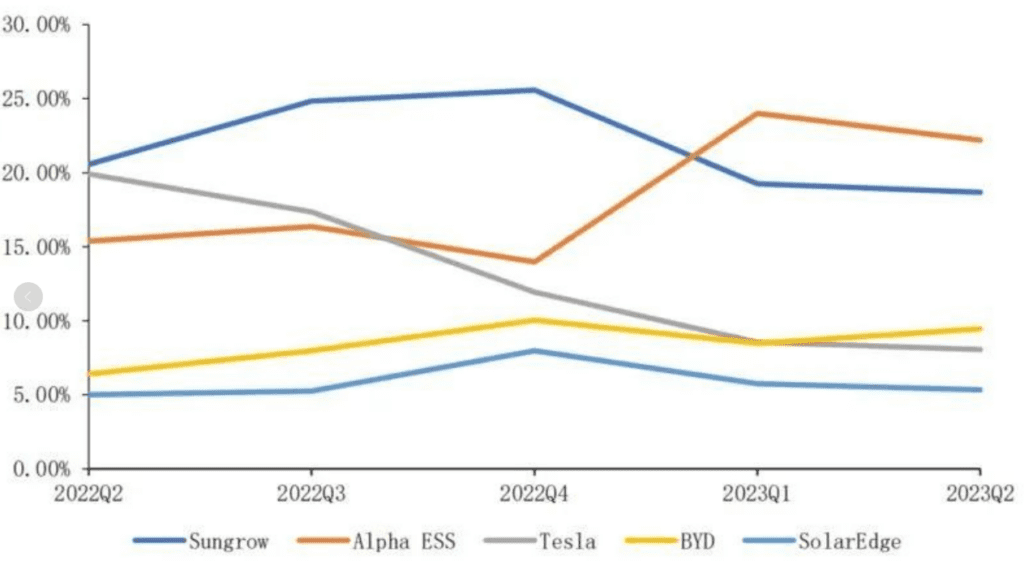Step into the dynamic world of lithium batteries, the power source behind your gadgets and electric vehicles. Ever wondered what drives their performance? Let’s demystify the Battery C Rating, a critical factor in this electrifying journey. Whether you’re a tech enthusiast or a pro, understanding this concept empowers smart battery choices. Let’s unravel the Battery C Rating intricacies!
What is the C rating?
This crucial specification, especially for lithium batteries, influences performance in different applications. It’s expressed as a multiple of the battery’s capacity, helping users choose the right battery for their device’s power demands.
How does the C rating affect battery performance?
The C rating significantly influences battery performance, impacting how much current a battery can safely deliver over its capacity. Here’s how the C rating affects battery performance:
- Discharge Rate: The C rating represents the maximum continuous discharge rate of a battery. A higher C rating allows the battery to deliver more current, making it suitable for high-power devices. Conversely, a lower C rating is appropriate for devices with lower power demands.
- Device Compatibility: Different devices have varying power requirements. Higher C ratings are essential for power-hungry devices like electric vehicles or power tools, ensuring they receive the necessary current for optimal performance. Lower C ratings may suffice for smaller electronics with lower power needs.
- Runtime: Contrary to a common misconception, a higher C rating doesn’t guarantee longer runtime. Using a battery with too high of a discharge rate can deplete its capacity quickly, resulting in shorter overall runtime. Balancing the C rating with the device’s power needs is crucial for optimal performance and longevity.
- Efficiency: The right C rating ensures efficient power delivery without overtaxing the battery. If the C rating is too low for a high-power device, it may not provide sufficient current, leading to decreased performance. On the other hand, an excessively high C rating can lead to inefficiencies and unnecessary costs.
- Safety: Operating a battery outside its specified C rating can affect safety. Using a battery with a C rating too low for a device’s power demands may cause overheating and damage. Conversely, using a battery with a C rating higher than needed may not efficiently utilize the battery’s capacity, potentially impacting safety and longevity.
In summary, selecting the appropriate C rating for a battery involves considering the specific power requirements of the device, ensuring optimal performance, efficiency, and safety.
Why is the C rating important for lithium batteries?
Unlock the mystery behind lithium batteries with a focus on their crucial C rating. In simple terms, the C rating determines how much current a battery can provide without compromising its performance or lifespan. Here’s why it matters:
- Discharge Safety: Lithium batteries are sensitive to overcharging and rapid discharging, which can lead to overheating and safety hazards. A suitable C rating ensures the battery handles the discharge rate safely, preventing thermal issues.
- Capacity Impact: The C rating influences a battery’s overall capacity. High discharge rates may limit a battery’s ability to deliver its full capacity. Understanding this helps in selecting a battery that meets your power demands effectively.
- Optimizing Device Performance: Matching the battery’s C rating to your device’s power requirements is essential. A lower C rating may lead to diminished performance, while an appropriately chosen rating ensures smooth operations and extends the battery’s lifespan.
Consider factors like voltage drop and internal resistance alongside the C rating to make an informed choice. Prioritize safety and performance by selecting a lithium battery with the right C rating for your specific application, ensuring reliability and peace of mind.
Factors Affecting Battery C Rating
Demystify the factors influencing battery C ratings for a smarter choice in energy storage. Here’s a concise breakdown:
- Internal Resistance: Lower internal resistance equals a higher C rating, enabling batteries to deliver more current. Choose batteries with low internal resistance for enhanced performance.
- Temperature Impact: Operating temperatures matter. Higher temperatures increase internal resistance, affecting battery performance. Consider the temperature range of your application to ensure optimal battery function.
- Chemistry Variation: Different lithium cell chemistries have varied capabilities. LiFePO4 batteries may have lower discharge rates compared to LiPo batteries. Understand the chemistry’s impact on the C rating for your specific needs.
- Cell Configuration: Single cells usually have lower C ratings than parallel or series configurations. Multiple cells distribute current more evenly, handling higher loads effectively.
- Quality Variances: Even within the same chemistry and brand, quality control during production can lead to variations in performance. Be mindful of these differences when assessing a battery’s stated C rating.
Knowing these factors empowers you to choose batteries tailored to your device or application, ensuring optimal performance and longevity.
How to Calculate Battery C Rating
Ensure your device gets the right battery power with a quick understanding of Battery C Rating. Follow these simple steps:
- Gather Information: Identify your battery’s capacity (in ampere-hours) and its maximum continuous discharge current (in amperes).
- Use the Formula: Calculate the Battery C Rating by dividing the maximum continuous discharge current by the battery capacity. For instance, if you have a 2Ah battery with a 10A discharge, the C Rating is 5C.
- Consider Device Requirements: Different devices have varied C Rating needs. High-drain tools may demand higher C Ratings, while low-drain devices suffice with lower ratings.
By mastering Battery C Rating calculations, you empower yourself to choose batteries that align perfectly with your device’s requirements, ensuring optimal performance and longevity.
Choosing the Right Battery C Rating for Your Device
Ensure your device’s peak performance with the right Battery C Rating. Follow these steps for a perfect match:
- Evaluate Power Needs: Assess your device’s power requirements to determine whether a higher C rating for high-power devices or a lower rating for smaller electronics is suitable.
- Consider Size and Weight: Acknowledge the impact of C rating on battery size and weight. Higher ratings may mean larger, heavier batteries, so choose accordingly based on your device’s size constraints.
- Check Burst Capabilities: Verify if the battery can handle intermittent high-current needs, especially during start-up or demanding situations, ensuring it meets your device’s requirements.
- Account for Charging Needs: Factor in your device’s charging capabilities, especially if it demands fast-charging or specific voltage requirements. Ensure the chosen battery aligns with these specifications for longevity and safety.
Always refer to the manufacturer’s guidelines for insights on compatibility and performance expectations. By considering these factors, you’ll select a battery with the ideal C rating, ensuring reliability, efficiency, and longevity for your device.
Common Misconceptions about Battery C Rating
Unravel the truths about Battery C Rating by dispelling common misconceptions:
- Not All High Ratings Guarantee Better Performance: While it seems logical that a higher C rating implies superior performance, it’s crucial to match the battery’s capacity with your device’s needs. Using excessively high C-rated batteries can lead to inefficiencies and unnecessary costs.
- Higher C Rating Doesn’t Ensure Longer Runtime: Contrary to belief, a higher C rating doesn’t automatically mean longer runtime. In fact, it can deplete the battery’s capacity quickly, resulting in shorter overall runtime. Optimal performance and longevity hinge on balancing power delivery and efficiency.
- Identical C Ratings Don’t Equate to Equal Capabilities: Don’t assume batteries with the same C ratings are identical. Factors like internal resistance and cell chemistry influence performance at different discharge rates. Choose reliable brands with proven high-quality batteries and reputable testing data.
- Voltage Increase Doesn’t Boost C-rating: Increasing voltage doesn’t directly impact a lithium battery pack’s C-rating or its maximum achievable discharge rate. While higher voltage may reduce current draw at higher loads, it doesn’t alter the battery’s inherent C-rating capabilities.
By understanding and debunking these misconceptions, you’ll make well-informed decisions when selecting batteries for your devices.














